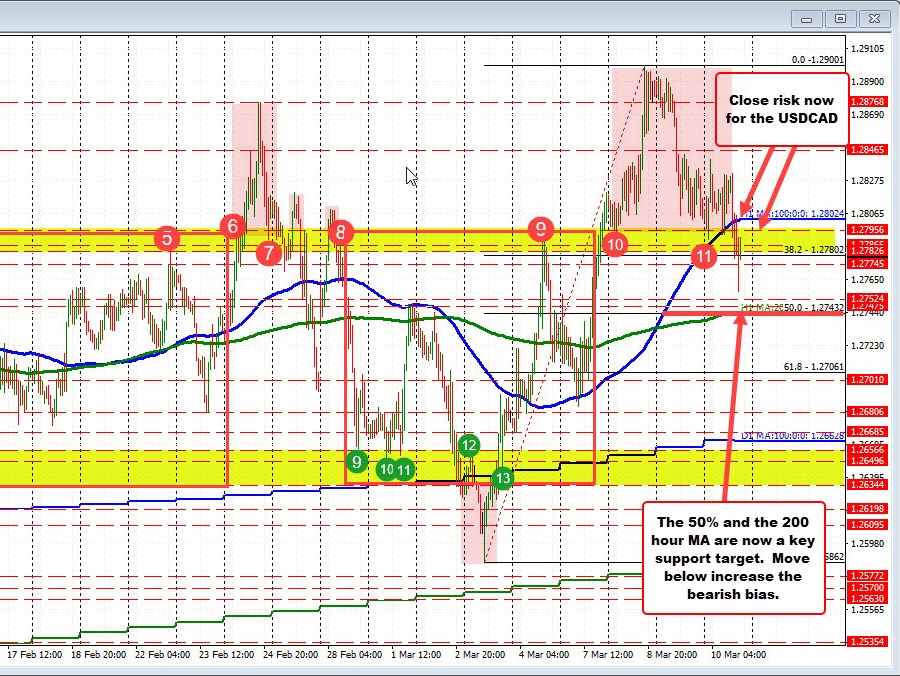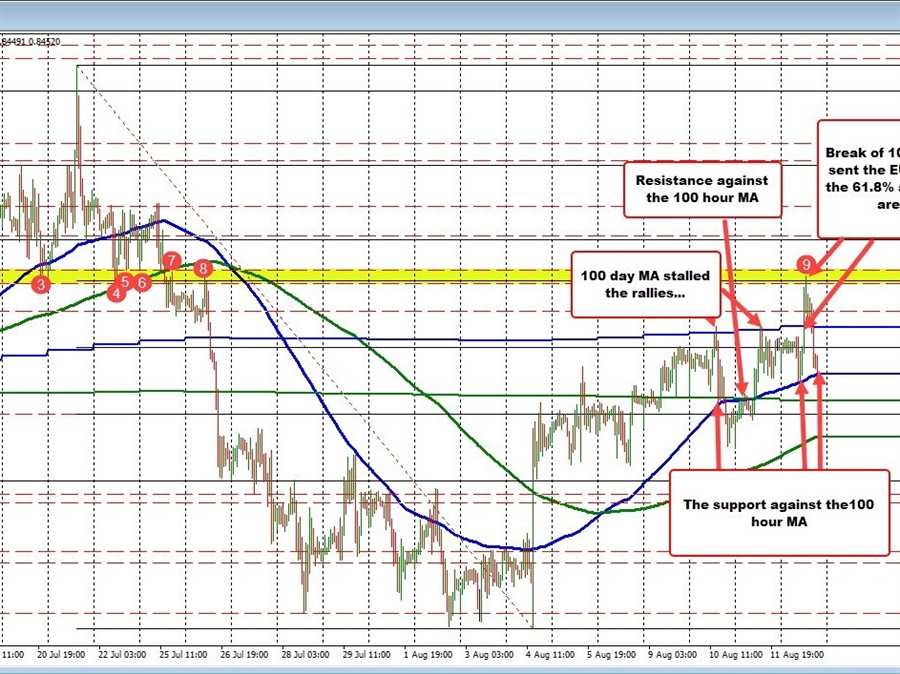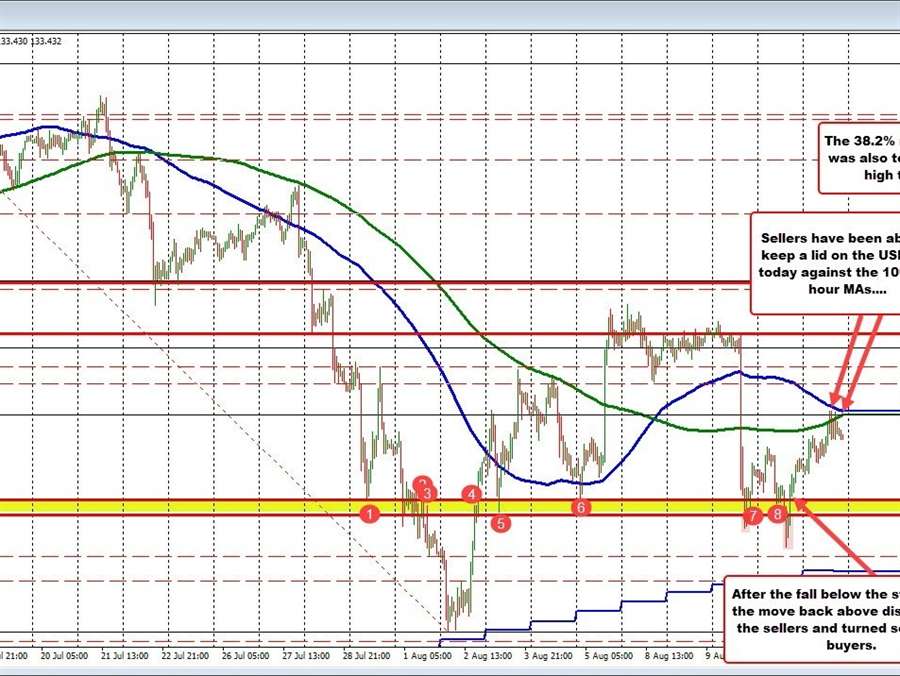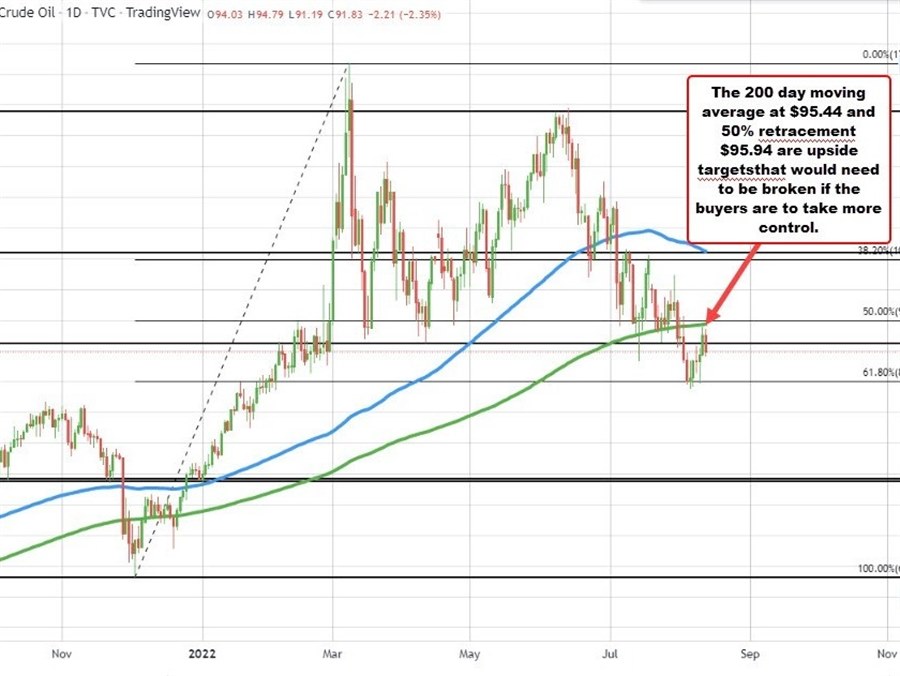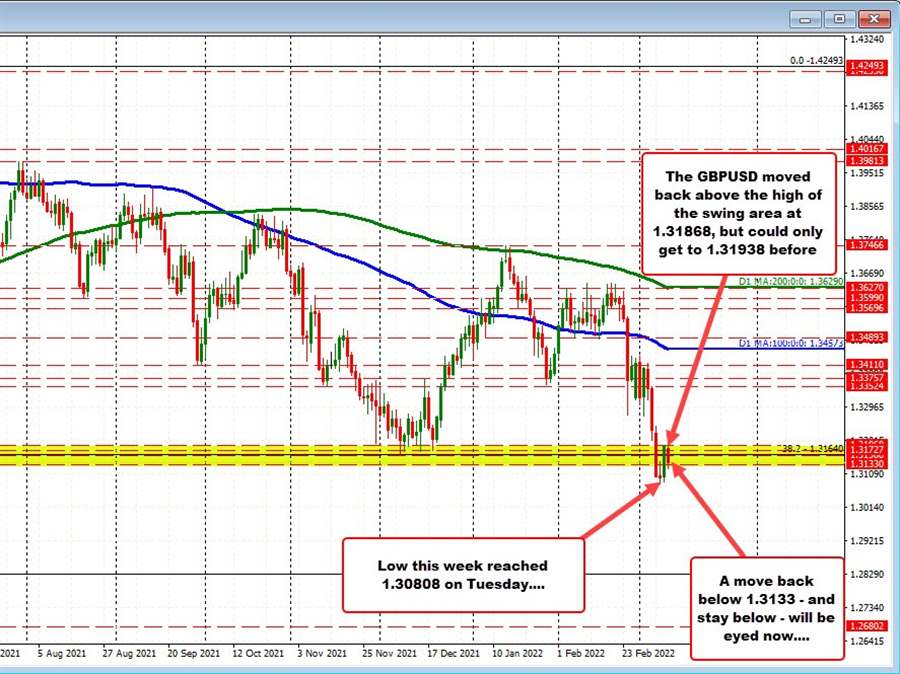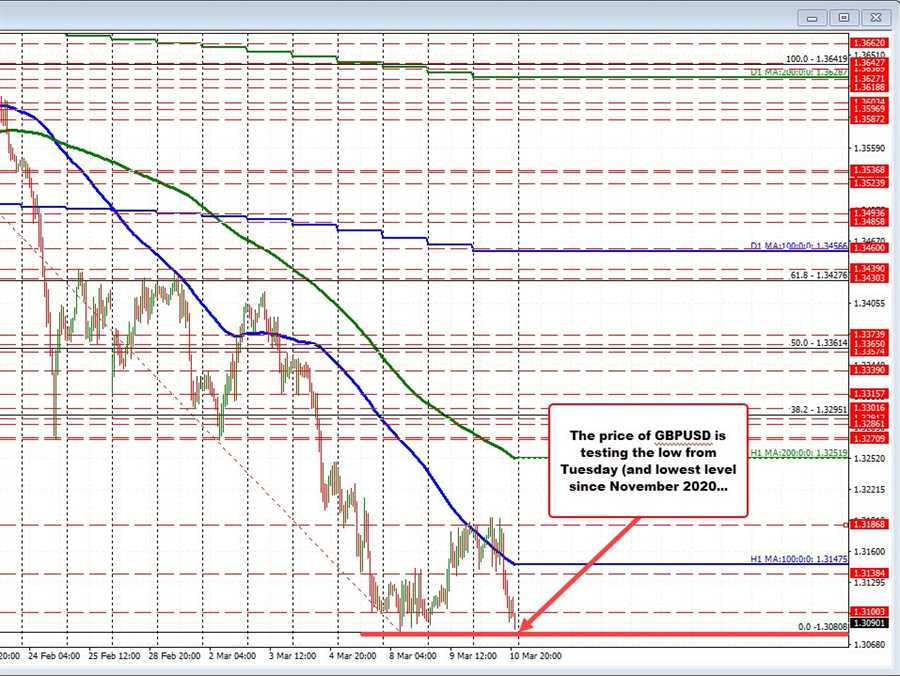
Recall back in January /February, the price of the USDCAD was stuck in a range from 1.26344 to 1.27956 (see red box)
On February 24, 25 and 28, the price tried to extend higher with some success, but also failed to keep the break above in play.
Buyers turned sellers, and the pair fell sharply. Ultimately, the price fell below the lower extreme of the red box on March 3rd. Like the breaks higher outside the top extreme, the break lower also failed(see red shaded area on the downside). That started the process back to the upside.
This week, the price moved back above the higher extreme at 1.27956 late on Monday, and ran to a new cycle high at 1.2900. That natural resistance level found sellers and the last two days has seen a rotation back to the downside.
Today, the price in the North American session has moved back below both the 100 hour MA (at 1.28024) and the high of the old “red box” at 1.27956 once again. Another failure. Another red shade area.
What now?
The move to the downside today below the 100 hour MA at 1.28024 and into the red box, now reestablishes those levels as resistance. I would expect sellers between 1.27956 and 1.28024.
Stay below and the bears are full in control. Move above and all bets for further downside are off.
On the downside, the 200 hour MA and the 50% midpoint of the move up from the March 3 low come in at 1.27432. That level is the next major target on the downside for the pair.
Move below it and it will open the door for further selling with 1.2706 (61.8%) and the 100 day MA at 1.26628 as the next major targets. The lower swing area between 1.26344 to 1.26586 would also be in play (again) on more momentum.


